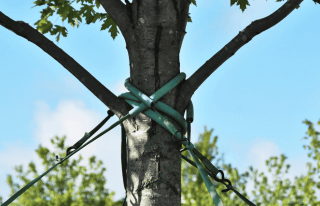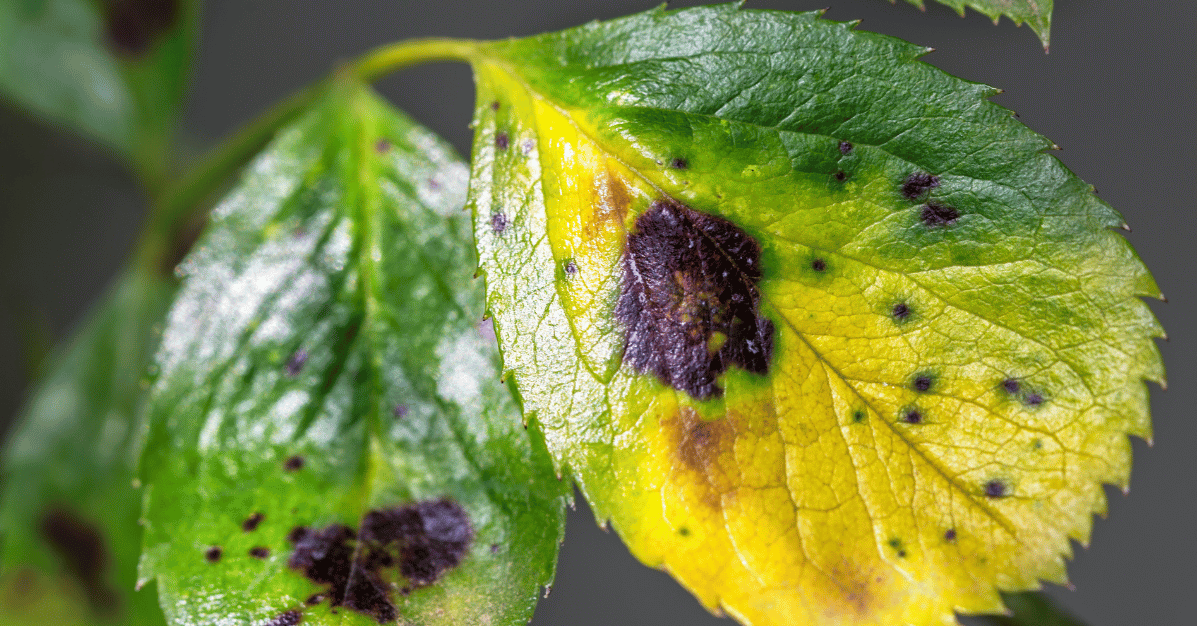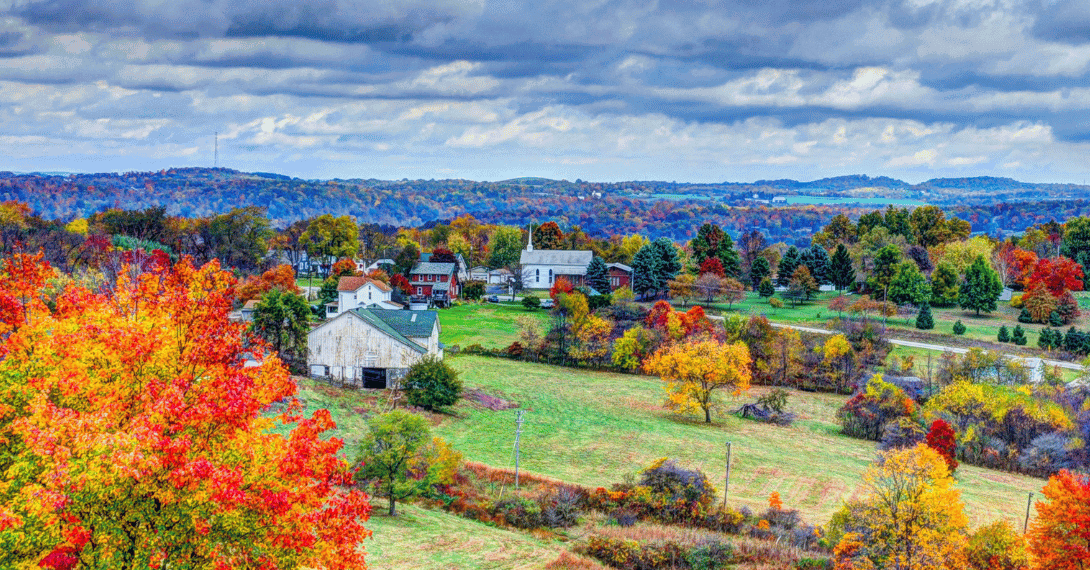Nature's beauty is often represented by the majestic presence of trees, standing tall and strong. However, in some cases, trees may lean or become structurally compromised, posing potential risks to people and property. Tree bracing techniques are crucial in supporting and stabilizing leaning trees in such situations. This article will delve into the purpose of bracing, the different types of bracing, the significance of bracing, and the distinction between truss and bracing methods.
The Purpose of Bracing
When a tree begins to lean or shows signs of structural weakness, bracing reinforces its stability. The primary objective is to prevent the tree from toppling over or causing damage during adverse weather conditions such as strong winds, heavy rain, or snowfall. Tree bracing techniques help redistribute the weight and stress on the tree, improving its overall structural integrity.
Types of Bracing
Two main types of bracing are commonly employed to support leaning trees: dynamic bracing and static bracing.
Dynamic Bracing
Dynamic bracing involves using flexible materials like cables or rods that allow for some movement of the tree. This type of bracing encourages natural swaying, which can help strengthen the tree's roots and trunk. Dynamic bracing is suitable for younger trees or those with moderate leaning, as it promotes natural growth and development while providing stability.
Static Bracing
Static bracing, on the other hand, involves rigid materials such as steel rods or braces that restrict movement in the tree. This method is often used for larger, more mature trees or those with severe leaning. Static bracing provides immediate and strong support to prevent further leaning and potential hazards.
The Significance of Bracing
Tree bracing techniques offer numerous benefits, including:
Safety
Bracing reduces the risk of falling trees or branches, enhancing safety for people and nearby property. By supporting compromised trees, bracing minimizes the chances of accidents or property damage caused by falling limbs.
Preservation
In cases where a leaning tree holds aesthetic or sentimental value, bracing allows for preserving the tree's natural beauty. By reinforcing the tree's structure, bracing can extend its lifespan and prevent the need for removal, thereby maintaining the ecosystem and visual appeal of the surrounding area.
Truss vs. Bracing: Understanding the Difference
While both trussing and bracing serve to support trees, there are fundamental differences between the two techniques.
Trussing
Trussing involves the installation of a framework around the tree's crown to provide support and stability. This method is commonly used for weak or damaged branches. Trussing redistributes weight and stress, preventing further damage and promoting the growth of healthy branches.
Bracing
Unlike trussing, which focuses on branch support, bracing addresses the entire tree's stability and overall structural integrity. It reinforces the trunk, root system, and major limbs, ensuring the tree remains upright and secure.
FAQs
How long does a tree need to be braced?
The duration for tree bracing varies depending on the tree's species, size, condition, and severity of leaning. A certified arborist can assess these factors and determine the appropriate timeframe for bracing.
What are the two types of bracing?
The two main types of bracing are dynamic, which allows for some movement, and static bracing, which restricts movement.
How do you brace a large tree branch?
Bracing a large tree branch involves installing a support system using rigid materials like steel rods or braces. It is recommended to consult a professional arborist to ensure proper installation and maximum effectiveness.
Conclusion
Tree bracing techniques are invaluable for reinforcing leaning trees and ensuring their stability. Whether dynamic bracing for younger trees or static bracing for mature ones, these methods provide essential support and safeguard against potential hazards. By understanding the purpose of bracing, the different types available, and the distinction between trussing and bracing, tree owners can make informed decisions to protect and preserve their natural assets. It is always advisable to consult professional tree services providers like Strobert Tree Services, serving Delaware, Pennsylvania, Maryland, and New Jersey, to receive expert guidance and assistance in reinforcing leaning trees.











